RARE BOOKS
Final proof of Morris Cox’s unpublished collage novel, March Demon (1938)
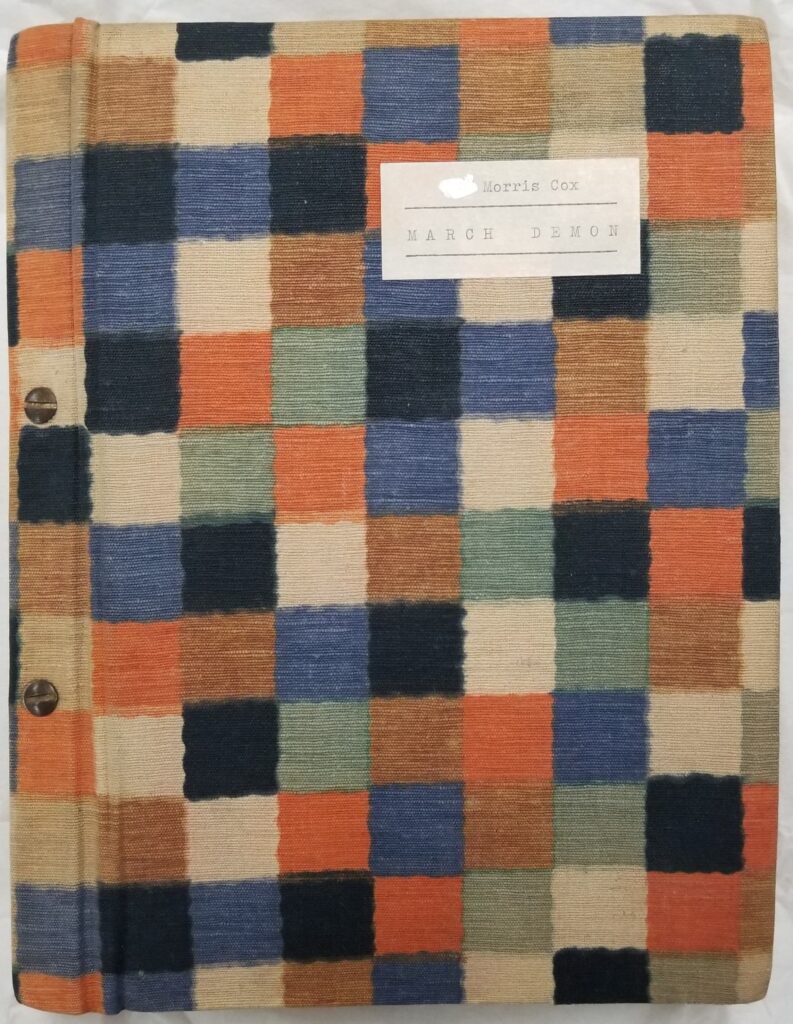
Morris Cox as an artist defies simple definition. While he trained as a commercial artist, during his lifetime he was a sculptor, puppeteer, print maker, and a book artist as well. Born in 1903, Cox was too young to join the effort in World War I and too old to join for World War II. Such experiences shaped his world view. Because of the variety of his artwork and explorative qualities of his techniques, he is often compared to William Blake.
UNCG holds the largest collection of Morris Cox / Gogmagog Press works outside of the United Kingdom. Out of our holdings, at least two are unique to UNCG: the printing blocks and proof for The Lost Fisherman: a child’s story and Graphic Yardarm. This final proof of March Demon joins that group of unique holdings.
SCUA uses Cox’s works in instructional settings, such as Book Arts, Modern Art, and Printmaking classes. More recently, we’ve incorporated his works into English classes where the students are focusing on narrative works and how a book’s form can affect the readers’ experience.
First edition, signed, of Alice Walker’s The Color Purple (1982)
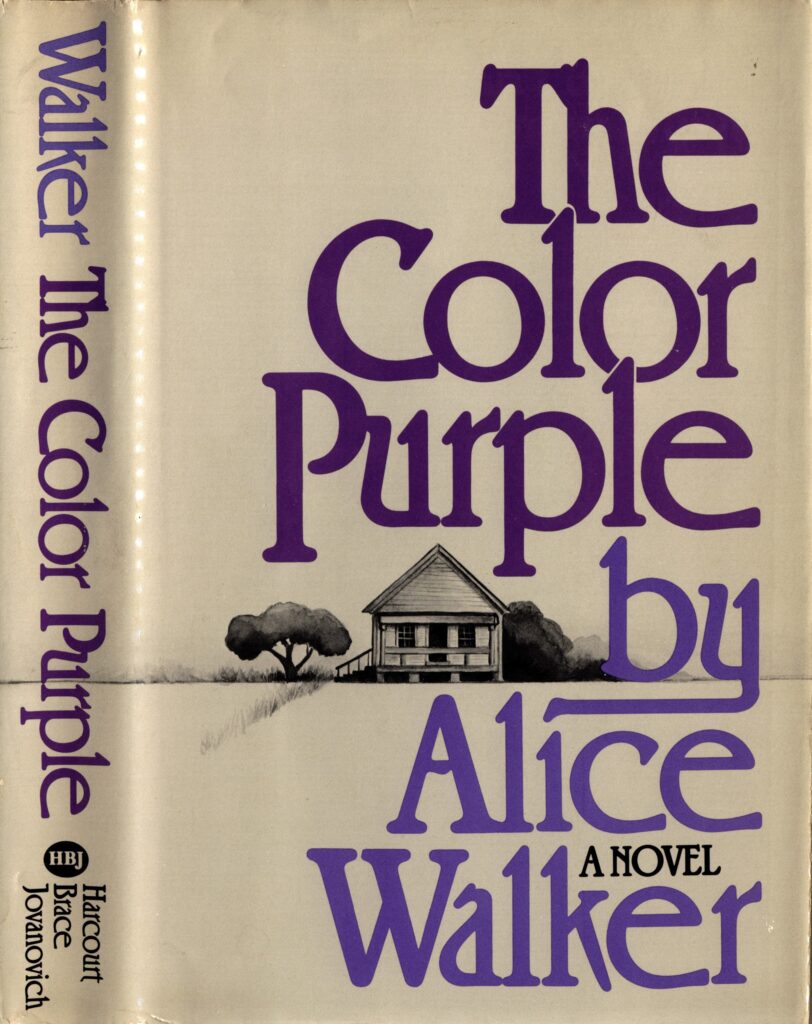
Few works resonate worldwide in the way that Alice Walker’s The Color Purple did when it was published and later dramatized. Walker presents the universal tale of survival and eventual escape from degradation and brutality with such specificity to the early 20th century Deep South that those who live there have to reassess their relationship with presumed societal norms.
We were presented with the opportunity to add a signed first edition of this title to SCUA’s Woman’s Collection where it continues the legacy of works by Phillis Wheatley, Harriet Jacobs, Frances Harper, Pauline Hopkins, and Toni Morrison, amongst others.
These works are incorporated into SCUA’s instructional outreach through class sessions, such as Black Women Writers, American History, and narrative writing.
Facsimile of Die Kreuzritterbibel/The Morgan Crusader Bible/Le Bible des Crusades (1998)

Facsimiles continue to hold value in the era of digitization. The Morgan Crusader Bible, as a printed facsimile, collects the dispersed leaves of a 46-page manuscript of Old Testament illustrations, possibly commissioned by Louis IX of France and produced in Paris ca. 1250. The majority of the leaves are housed in the Morgan Library, yet two leaves reside in the collection at the Bibliothèque Nationale de France and another leaf is in the J. Paul Getty Museum in Los Angeles. The act of printing this facsimile required the collaboration of three major research institutions.
This work represents another form of collaboration between the English Department and SCUA. At the end of the 2019/2020 fiscal year, funds were available for this purchase if both departments combined their monies. While the actual purchase occurred during the Stay at Home order given during the Spring Semester, University Libraries and English Department personnel could track this tome’s journey from the bookseller’s location in San Marino to Greensboro, NC. Special Collections’ copy is one of 80 reserved copies, numbered in Roman numerals: XLIX.
MANUSCRIPTS
Black Lives Matter murals by Greensboro artist, Amari Brown
Amari Brown was one of the artists who contributed their talent to the plywood murals on Elm Street in Greensboro, NC during the George Floyd-BLM Protests. His work will be photographed as part of the UNCG Triad Black Lives Matter Protest Collection and is available for viewing physically in the archives: http://libcdm1.uncg.edu/cdm/blm
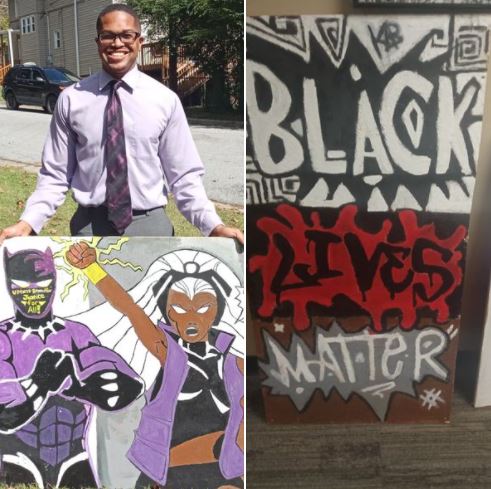
Cello cover of Willem Willeke (1879-1950)
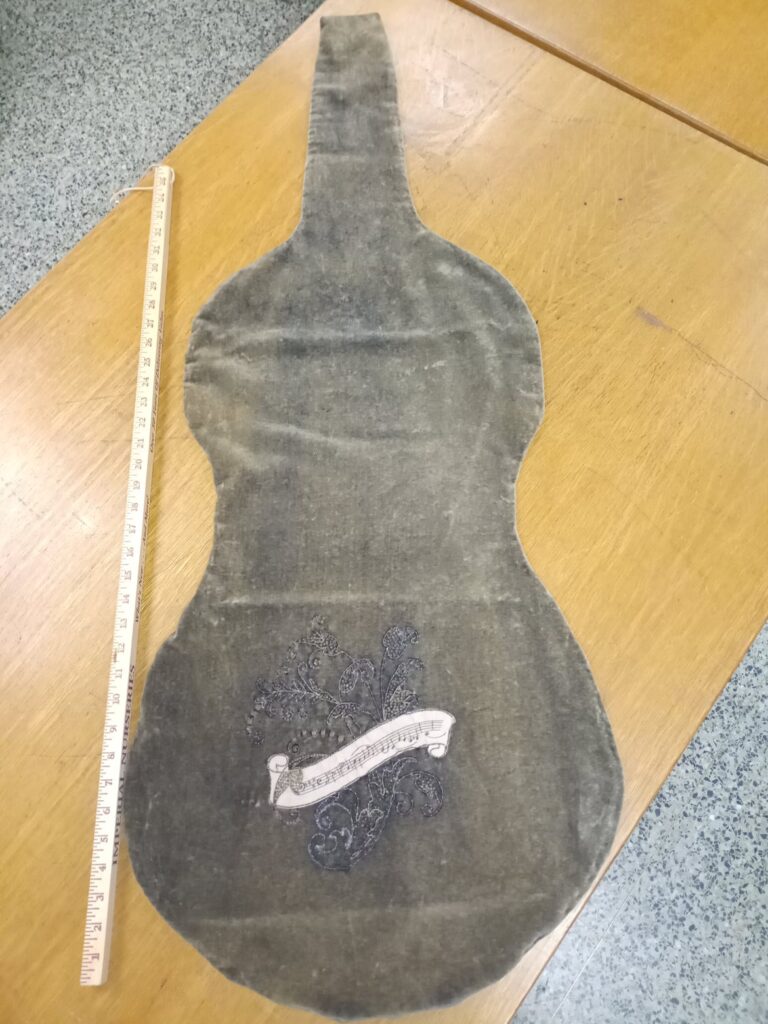
This cello cover is an olive green, velvet fabric, embroidered with beads and an applique of the first 6 bars of Beethoven Sonata in A Major, Op. 69. It is donated to the UNCG Cello Music Collection by cellist Douglas B. Moore, who was gifted the item by Mrs. Sally Willeke, Willem Willeke’s widow. Born in the Netherlands, Willeke began his musical studies at the Royal Conservatory in Rotterdam.
A child prodigy, when he was 14 years old, Willeke played the Brahms Cello Sonata with the composer at piano, and also performed all of the Brahms’ chamber music with the composer, as well. Although he was a very talented musician, he chose to become a medical doctor, studying medicine at universities in Bonn and Vienna. However, violinist Joseph Joachim encouraged him to devote his life to music, and Willeke followed the advice, changing his career path. During his career as a cellist, Willeke performed Edvard Grieg’s Cello Sonata with the composer during a European tour. He also performed Strauss’ Cello Sonata with Strauss during a tour in the United States. He served as a conductor with the Concertgebouw Orchestra in Amsterdam, the Leipzig Philharmonic, and the Chautauqua Orchestra. Willeke was principal cellist of the Vienna Opera House in the early 1900s, and immigrated to the US to become cellist of the Kneisel Quartet in New York. He founded the Elshucco Trio, which was known as one of the best trios of its time. As an American citizen, during WWII, Willeke served as an intelligence agent in Europe. Willeke was a noted teacher, serving on the faculty of Juilliard.
A collection of vintage women’s dresses donated by UNCG Library and Information Science professor, Dr. James V. Carmichael
Dr. Carmichael’s donation includes many dresses, vintage costume jewelry, and purses.

The Katherine M. Dunlap Papers
This collection features material relating to Dunlap’s time in the Girl Scouts, beginning in the 1960s, including correspondence and programs about Girl Scout events, two small tapestries of the chalet of the World Association of Girl Guides and Scouts, and Girl Scout recipe booklets. We promise that no Girl Scout cookies were donated or exchanged as part of the collection.
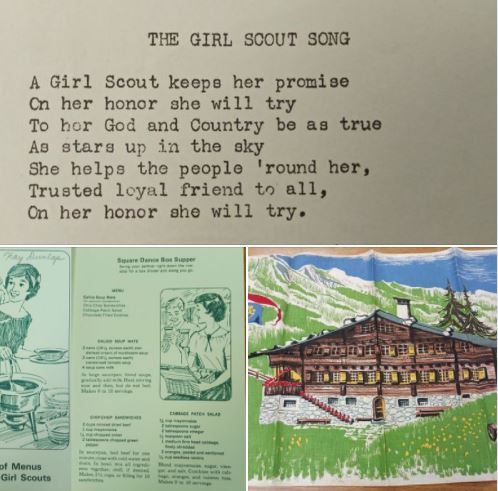
The scrapbooks of Mary Dail Dixon
Mary Dail Dixon was the first student to enroll in our school. Originally from Greene County, NC, she was the first student to register at State Normal and Industrial School (now UNC Greensboro) in 1892. She earned her teaching certificate in 1894, and after graduating, moved to Raleigh, NC, and dedicated her life to being “the perfect farm wife.” Mary’s focus on being a self sufficient wife and mother of seven children led to become a highly successful cake-baking entrepreneur, frequently interviewed for her advice in the local newspaper.

UNIVERSITY ARCHIVES
University Commemorative Plate donated by Tammie Ledford
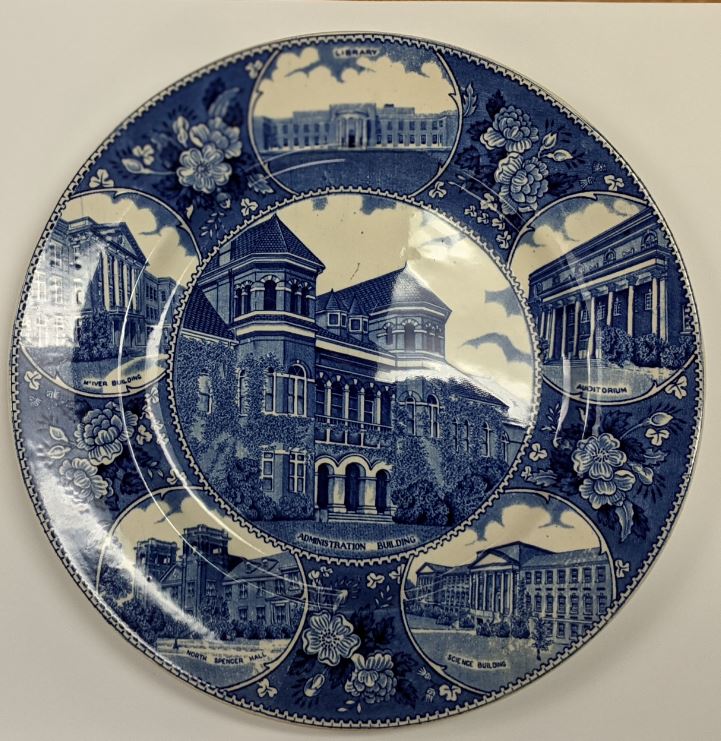
A 1966 Green Class Jacket and Skirt and a WC Notebook Donated by Wilma McKeown Baynes
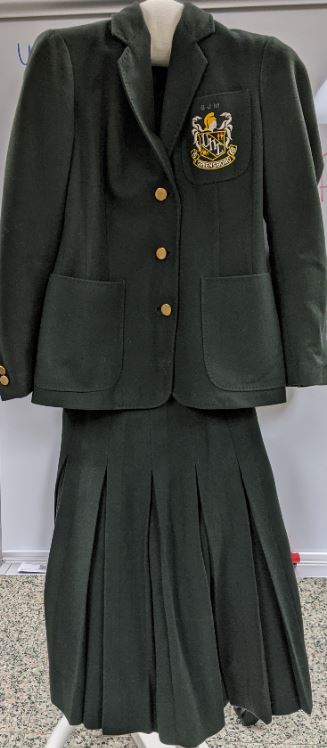
1937 Etching of the Alumnae House donated by Ann Disosway Cowper
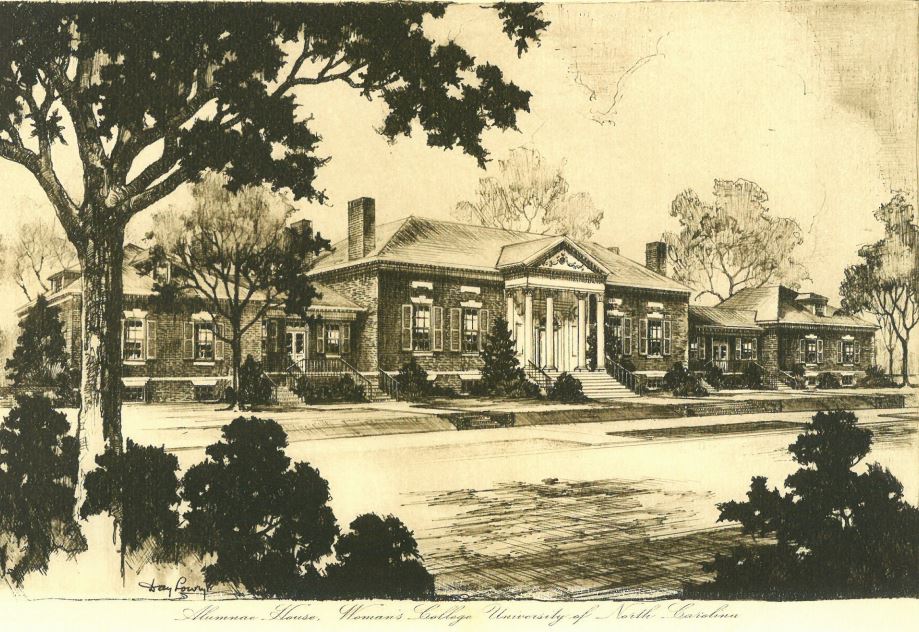
UNCG T-Shirts donated by Erin Lawrimore
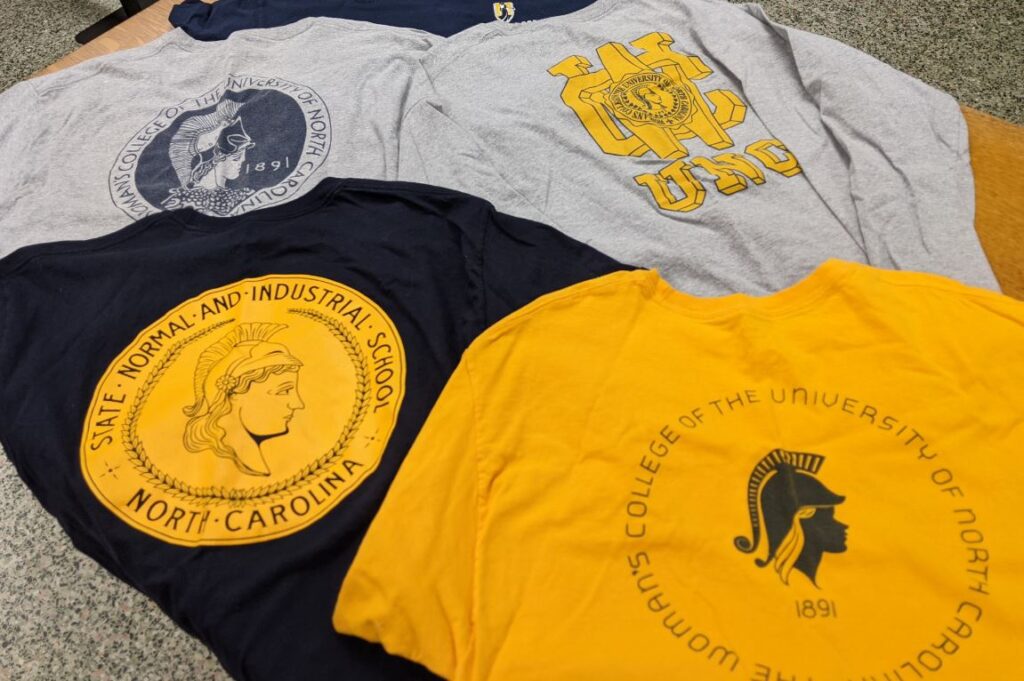
WOMEN VETERANS HISTORICAL PROJECT
Unknown Spanish American War Nurse’s Photograph Album, circa 1898
American Female nurses served in the Spanish-American War to fill the shortage created by a lack of male nurses and in 1898, the U.S. Army Nurse Corps was established as part of the Surgeon General’s office. This image is of four Native American nuns of the Congregation of American Sisters of Fort Pierre, South Dakota, who served as nurses at Camp Cuba Libre near Jacksonville, Florida.
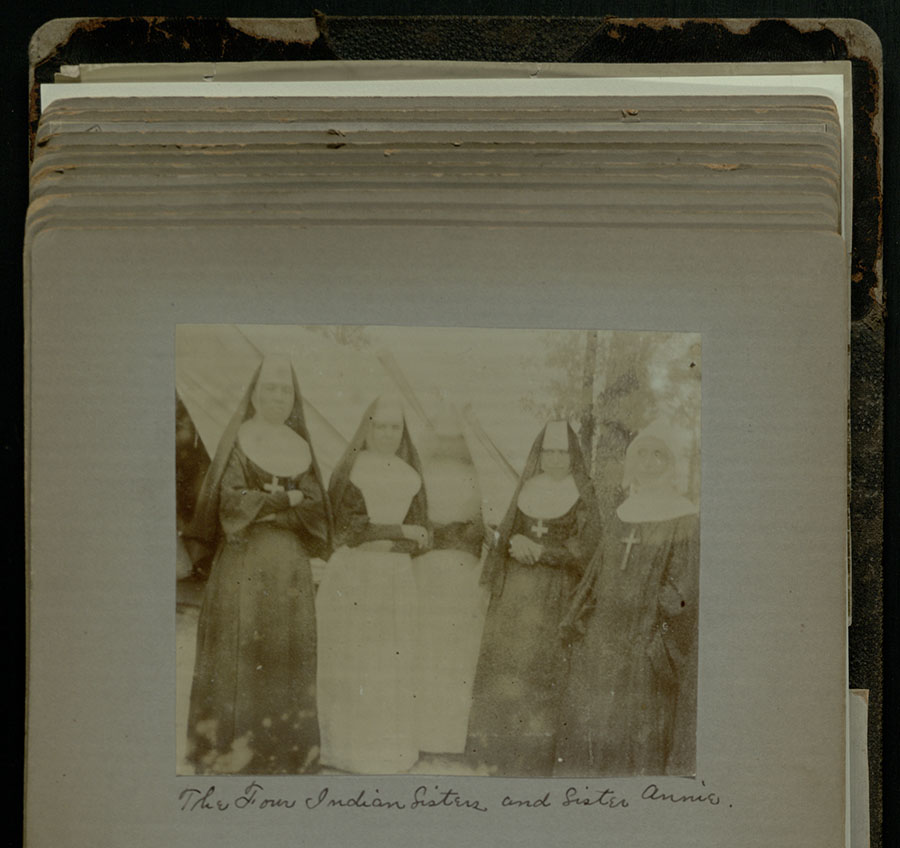
Photo Album and Scrapbook of Air-WAC Officer Thelma Eaton , circa 1944
Thelma Eaton was an officer in the U.S. Women’s Army Corps who served in the Army Air Force. These images are of fellow Air WACs during basic training in Daytona Beach, Florida in 1943.
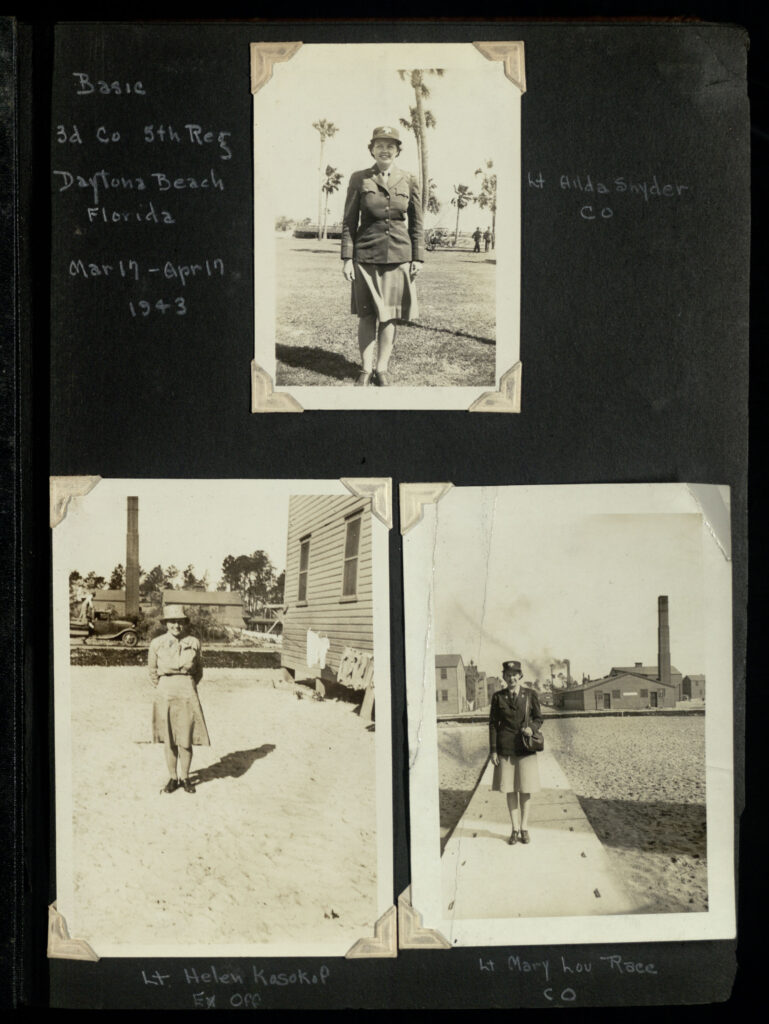
Amy Vines says:
So happy to see the new Crusaders Bible facsimile highlighted among all this wonderful news – thank you so much for acquiring this piece – again, just wait until I can bring my students!